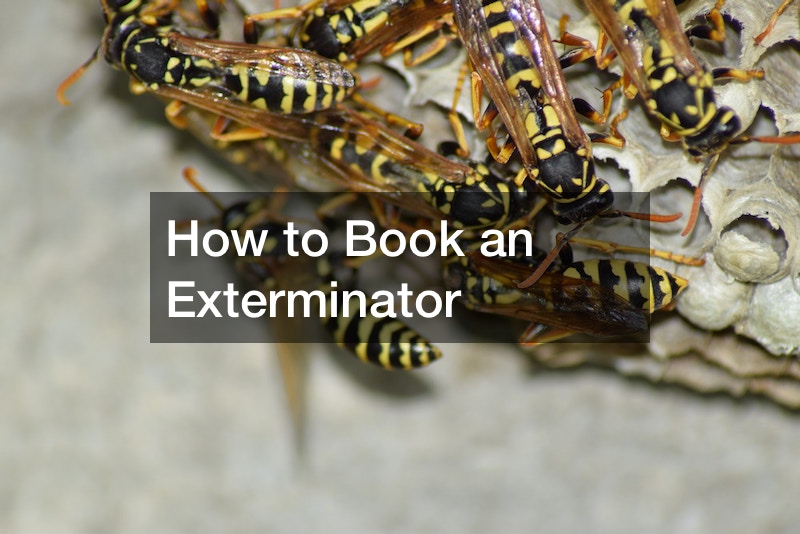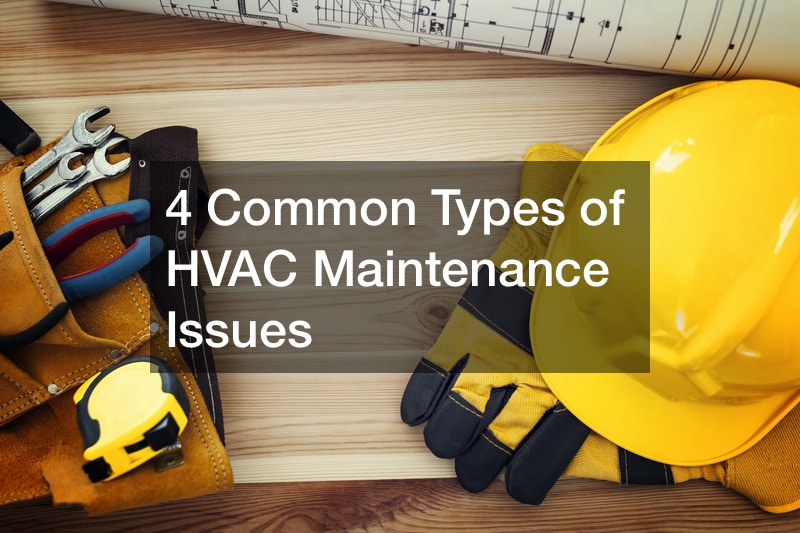

Many people are intrigued by inventors and inventions, especially the ones that make day-to-day life easier, more comfortable, or solve a pressing issue. The first air conditioner, for example, was invented by an individual that worked in the publishing business.
In 1902, Willis Carrier needed to solve two problems:
- Keep ink from running down the page.
- Prevent paper from expanding.
As a result, he invented the air conditioner to solve both of these problems.
Fast forward to 1929 and the White House Oval Office, where Herbert Hoover was the first president to have air conditioning. Even though it was only a few months after the stock market crash, the 31st president of the United States spent $30,000 on an air-conditioning system.
In the 1940s, a window-style air-conditioning unit cost about $350. This would be the equivalent of spending approximately $3,500 today.
By 1993, approximately 68% of American houses or apartment units had air conditions. Currently, it is estimated that two-thirds have them.
Interesting to note is that almost half, or 48%, of an average household’s energy expenditures are used for their heating and cooling systems. As a result, heating and cooling tends to account for the largest energy expense. The U.S. Department of Energy indicates, for example, that both heating and air conditioning constitute 43% of a home’s monthly utility bill.
Currently, American households tend to spend approximately $2,000 a year on their energy bills. On average, this amounts to about 2.7% of their household’s annual income.
While some households may not be concerned with the amount of their monthly utility bills, many others would like to reduce the costs of heating and cooling their homes. Fortunately, there are a variety of companies that do offer low-priced, preventative maintenance service contracts.
Not only does having a preventative maintenance contract assist with ensuring a home’s HVAC system is functioning optimally, it can also cut down on energy costs. Residential HVAC service contracts tend to cost between $70-to-$100 and cover cleaning and servicing, including air filter replacement. Replacing air filters regularly can make a substantial difference in the air quality and the HVAC’s efficiency.
Regular maintenance of heating and cooling systems is also important for the longevity of the HVAC unit. When well-maintained, these units should last 10-to-15 years. Furthermore, when HVAC equipment hasn’t been installed correctly, its efficiency can be reduced up to 30% or more.
Given the importance of being environmentally-friendly and “going green,” many manufacturing companies are now using new types of refrigerants. Some manufacturers are switching from the standard refrigerant, R-22, to R-410A, which is more ozone-friendly. One of the major differences is that these new refrigerants no longer use chlorine.
If a cooling system isn’t functioning as well as it should, then it’s important to have it inspected. In addition to determining whether the system is properly installed, an HVAC inspector can assess the situation and make recommendations and repairs, if possible. If it’s an old unit, they may recommend a new energy-efficient unit.
When the hot weather arrives, and a cooling system breaks down entirely, it’s good to know that there are
24 hour emergency commercial AC repair services available.

